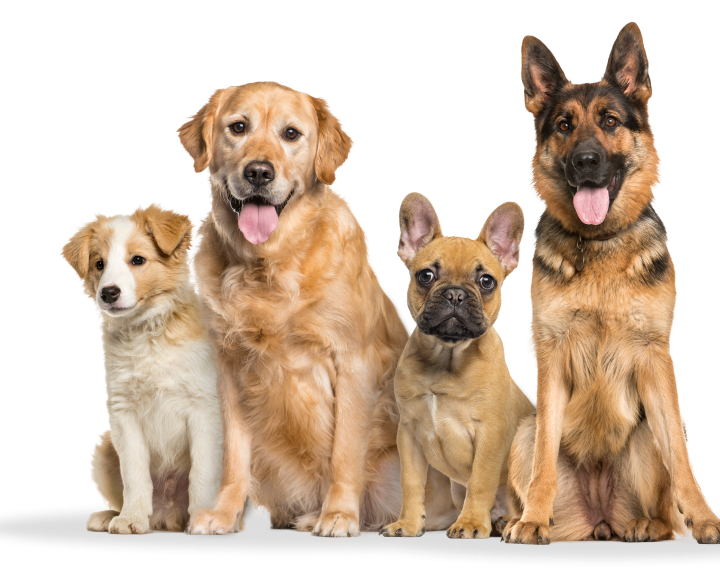
Get a free pet insurance quote in less than 60 seconds!
Easily compare quotes from the most trusted pet insurance companies in the United States.

- Regurgitation
- Chomping (the jaws)
- Shortness of breath
- Pre-1977 paint chips or paint dust
- Roofing materials
- Soldering supplies and materials
- Pre-1977 dishes
- Curtain/shower curtain weights
- Rug padding
- Linoleum/tile
- Wine bottle foil
- Lead fishing weights
- Lead gun pellets and shot
- Lead caulking
- Lead lubricants
- Lead pipes (and water from)
- Lead-contaminated water
- Auto batteries
- Leaded gasoline
- Used automobile oil

Worried about the cost of treating your pet's symptoms?
Pet Insurance covers the cost of many common pet health conditions. Prepare for the unexpected by getting a quote from top pet insurance providers.

0 found this helpful
0 found this helpful
0 found this helpful
0 found this helpful
0 found this helpful
0 found this helpful
0 found this helpful
0 found this helpful

Get a free pet insurance quote in less than 60 seconds!
Easily compare quotes from the most trusted pet insurance companies in the United States.


